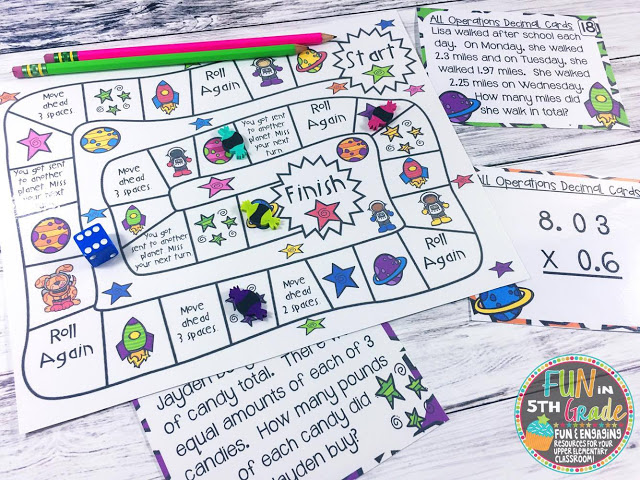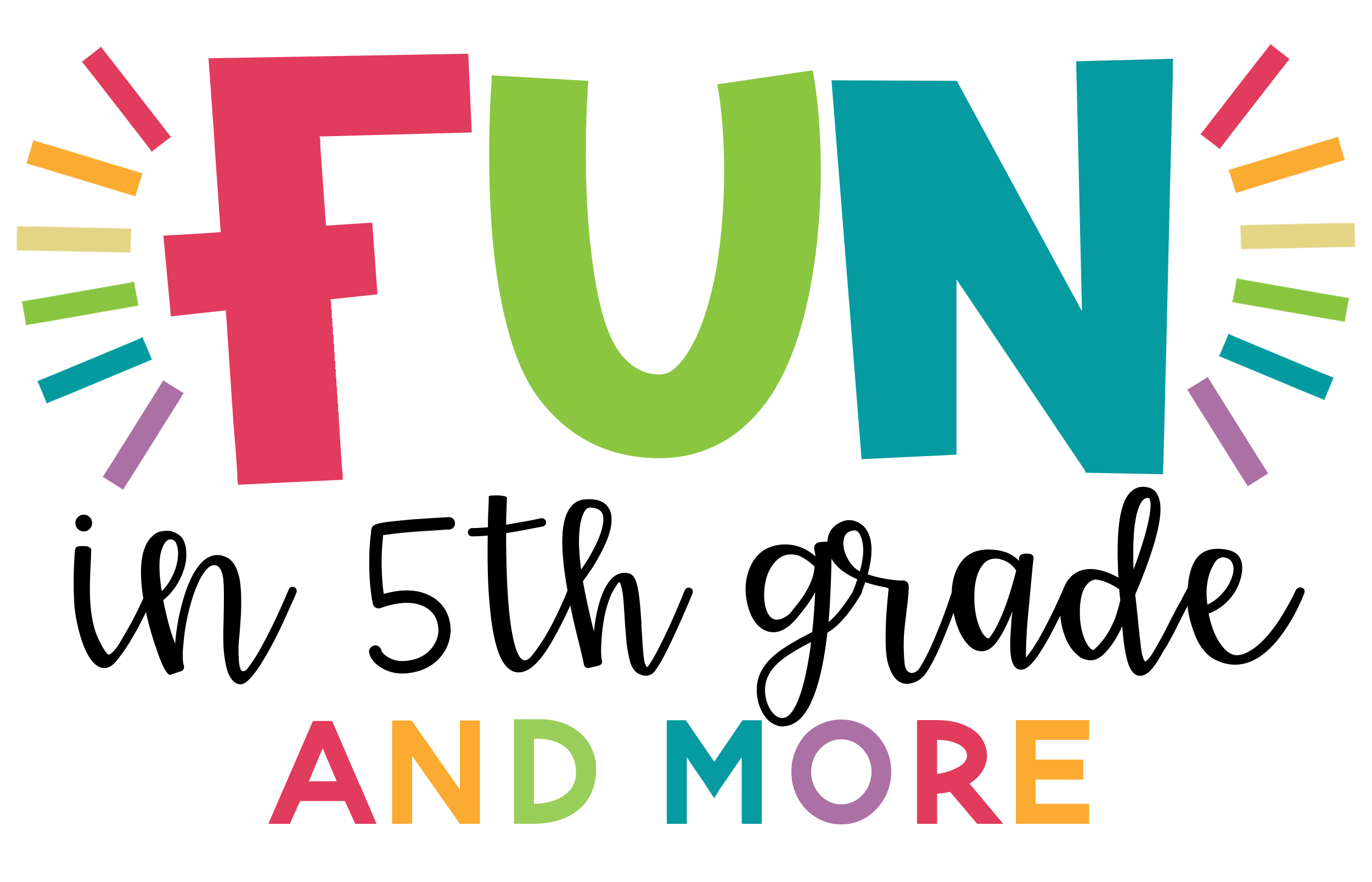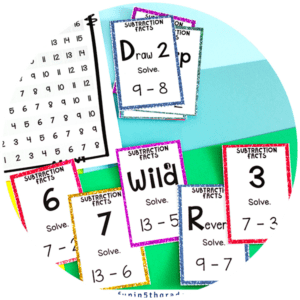I love games! Since I started teaching, I’ve always loved making review and practice fun in my classroom. Students love games, too. With everything students are expected to learn and remember each year, I believe using games to spiral the standards is super fun and important. So, why not make the review FUN by using games to engage and practice?!

What is spiraling?
Spiraling is when you take previously taught concepts and sprinkle them in here and there to keep them fresh in your students’ minds. It may be in the form of a center, a station, a small group, or even for homework/independent work. (More on all that later.) Spiraling is NOT taking a chapter test and then moving on to the next chapter without ever going back to the concepts from the other chapter.

I started using more games when I could see my students weren’t engaged in reviewing from a packet or a worksheet, or the book. They weren’t trying, and when I looked at their papers, many answered incorrectly. I really felt this defeated the purpose of a review. I felt like the reviewing may have been hurting instead of helping, and my students weren’t retaining the information I wanted. But we had to keep moving due to the pacing guide and stay on track with the rest of the grade level.
***Insert fun review games (click here to see the games I use in my classroom) that I would spiral throughout the year, and they were retaining the information. I use A LOT of U-Know and Task Cards to help make review FUN! Yay! I’m serious. Some of my students thanked me for making it fun and said they were finally remembering things better. You can even sign up below to get two FREE U-Know games!
Why spiral?
1. It helps students retain information. As I said, if it’s fun, the students are more engaged in their learning. So, using games will help them practice and retain information as they move to new concepts. The more they practice, the better they will remember for the rest of the year.
2. It’s essential to build a foundation. Many topics build on each other throughout the year. You want your students to use the information you’ve already taught them and the current topics you’re focusing on.
3. It helps the students who may not have fully understood it the first time. Let’s face it. Ideally, we wouldn’t move on from one concept until all our students have mastered it. But that, unfortunately, can’t happen most times due to pacing guides and all of the standards we need to cover. Spiraling helps those students get to mastery level with practice and FUN!
4. It makes students more confident in their abilities. The more my students practice with games, the more confident they get on their tests and quizzes. They even start participating more in class discussions. Yay!
5. Using games to spiral makes it fun! Making it fun is the key. If students WANT to play, then everyone wins! They ask to play when they finish their work early, take a game to lunch, and even ask to play during indoor recess! I mean, really, what more could a teacher want?!
Ways to Spiral Using Games
You could use games to spiral many times in the day. You would have to look at your schedule and what you already do and see where you could use spiraling. Some of the different ways I have seen teachers spiral are listed below.
➽Whole Class: The teacher breaks students up into groups and then gives each group the same game or activity. Or each group has a different activity and then you have the students rotate around to the different stations throughout the class period or throughout the week. This would be great for a review day before a test. I like to use different stations. One is usually our current topic, one for multiplication facts, and two stations of spiraled topics that I want to refresh in their minds.
➽Small Group Centers: The teacher meets with a group of students, and the rest work in centers. Make one or two of the centers a game. I use U-Know a lot in centers. (Click here to see them.) My students LOVE U-Know! BONUS: Since I teach them the game once at the beginning of the year, I can switch it to many different topics. It makes it easier since they already know the game. U-Know games come in MANY different math and language arts topics. It’s played similarly to UNO but with a twist! Students must answer the question on the card correctly, or they draw two.

This helps them try harder to get the correct answer, and the other students are checking to ensure they were correct.I also use task cards a lot here, too. Task cards are great because you can pretty much put them with any game, and you have a brand new way to use them. Put them with Candyland as the cards, and students must answer correctly to pick a card or put them with a mini basketball game where they get to shoot for bonus points if they get the answer correct. Or check out some of my task cards (Click here to see my task cards.) that come with game boards; all you need is a die and game pieces, and you’re all set.
➽Independent Work: When students have an assignment they must complete independently, you could always have them play an independent game with a deck of cards. Or they could be working on task cards focusing on topics they need to review. You can mix and match task card sets…just be sure not to have duplicate numbers.
➽Homework: I don’t give much homework, but I have mini-sets of games that I print out. (Click here to see how I do that.) So students can sign out the games and practice at home with their families.

➽Lunch/Recess: At my school, students need an activity for when they finish eating their lunch. They can bring a book to read or something else to do. My students LOVE taking my games, so I set up little bins with mini dry-erase boards, mini-game pieces, dice, and cards for them to grab for playing at lunch. They stay out of trouble, and they are learning. Win-WIN!
I hope you found some useful information so that you can spiral important concepts using GAMES! If you want to see more of the games I’ve made to play in my classroom, check out some of the posts below:
Thanks for stopping by! Have a great day! 🙂





